If you’re wondering what the best way is to grow your brand online, the answer isn’t another ad platform; it’s content-first marketing. Most brands are stuck in channel-first mode, chasing algorithms, trends, and quick wins. But in 2025, the brands that win are the ones that lead with story building trust and resonance before they ever run an ad.
In this guide, we’ll show you why content-first marketing outperforms every other digital strategy, and how to build your own five-step framework to scale profitably across every channel.
What’s the Best Way to Grow a Brand Online Today?
The old way of digital marketing was simple: pick a channel, create ads, test, optimize, repeat. But that model is collapsing. Algorithms change weekly. Attention spans are shrinking. Creative fatigue sets in faster than ever.
The best brands aren’t chasing platforms anymore. They’re building foundations of content that convert anywhere. That’s what we call Content-First Growth.
Why Content-First Beats Channel-First Marketing?
Channel first marketing starts with where to advertise: Google, Meta, TikTok, or YouTube. It is tactical, not strategic.
Content first marketing starts with what to say and why it matters. It means developing a core story, rooted in your customer’s truth, that works across any platform.
When your content leads, your ads do not feel like ads. They feel like value.
Result: higher engagement, better CTR, improved ROAS, and stronger long term brand equity.
Below is an example of cheesy, salesy, the popular “UGC” style influencer ad that anyone can sniff out as fake and disingenuous within the first 2 seconds of it popping up on your feed. Instead, we worked with a leatherworker to do an educational teardown of a bag to prove to the world that the materials and construction are premium. No sales pitch, no call to action, just cold, hard, facts.
Why did we choose this creative angle? Well, we noticed a lot of customers were wondering about the leather’s quality and wanted to know how to spot a dupe. Give the people what they want.


Content-first growth means building your story first, then scaling it through the channels that make the most sense.
Here’s a step-by-step guide on how we do it:
Step 1: Understand Your Customers’ Truth (The Foundation of Content-First Growth)
Forget brainstorming “ad ideas.” Start with people.
Before you touch a storyboard, hire a graphic designer, or pull out your iPhone to shoot a video, you want to know:
- What is your customer is frustrated by?
- What problem are they trying to solve?
- What story do they already believe about your product?
This is where many well-intentioned teams derail content-first strategies. The last place you’ll find these answers is in management meetings. They don’t come from brand decks or personas made years ago.
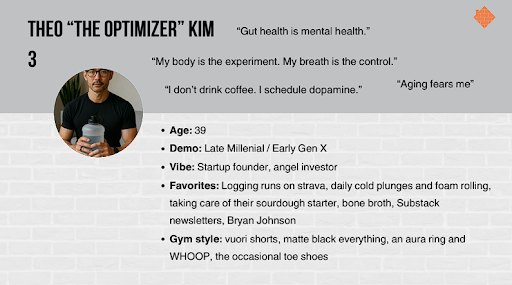
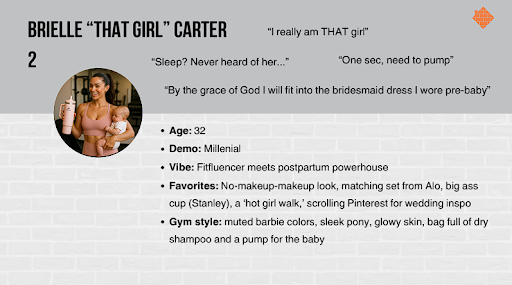
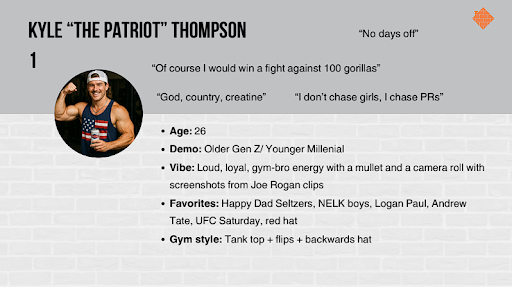
Where do I find content ideas that actually perform?
Post-purchase data like reviews, support tickets, DMs, and chat logs are full of real and emotional language. And your front-line team hears these stories every day, too. They know what customers actually care about versus what your ad team thinks they care about.
Reddit threads, TikTok comments, Facebook Groups, even competitor reviews tell you what customers expect, distrust, and love about your category.
How do I use first party and community data in my creative strategy?
Match their words to top-performing search terms, email subject lines, or ad copy with strong CTRs. When what people say and what they do align, you’ve found your story foundation.





Once you understand your customers’ reality, creative direction becomes obvious.
Step 2: Align Content Strategy With Business Goals
Before you start creating, you need to know why you’re creating. A good content-first strategy starts with identifying the outcomes that you’re actually trying to achieve:
- Increasing repeat purchase rates
- Growing blended ROAS or MER
- Boosting high-margin or high-LTV product sales
- Raising average order value
Not all products deserve equal attention. Use your data to identify which SKUs have the healthiest margins or strongest lifetime value, and focus your storytelling there.
Then, connect your goals to buyer behavior:
- When do they buy?
- Why do they buy?
- What moments push them from interest to action?


Your content strategy should meet those moments with a message that resonates. When your business goals and customer truth align, every creative asset pulls in the same direction. Instead of simple images of the end product, we created content that would help people become more successful gardeners.
Step 3: Build Consistent Story Pillars to Guide Content
Consistency is way more important than quantity. So define 3–5 story pillars that guide everything you produce.
For most brands, that looks like:
- Educate: Teach something genuinely useful.
- Inspire: Show transformation or aspiration.
- Prove: Share real results, reviews, or demos.
- Connect: Use humor, empathy, or relatable stories.
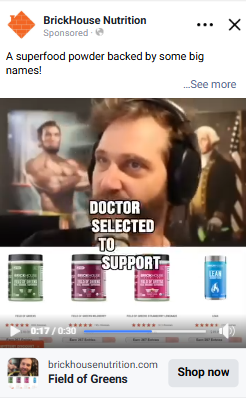
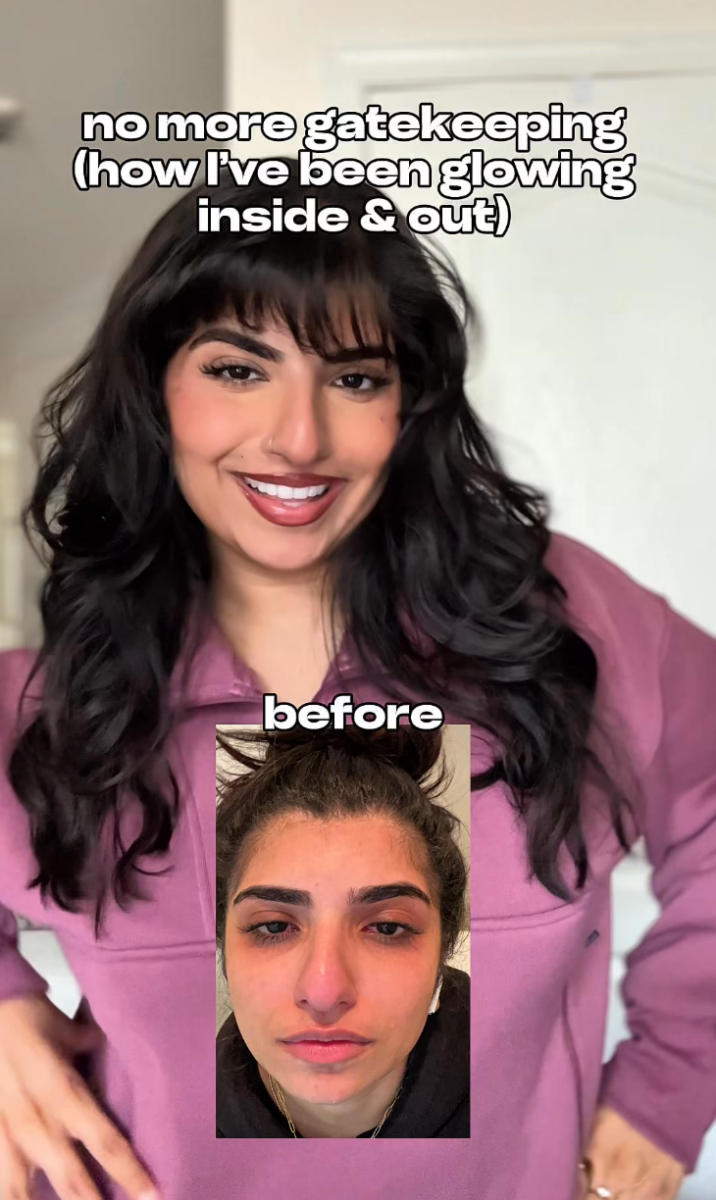
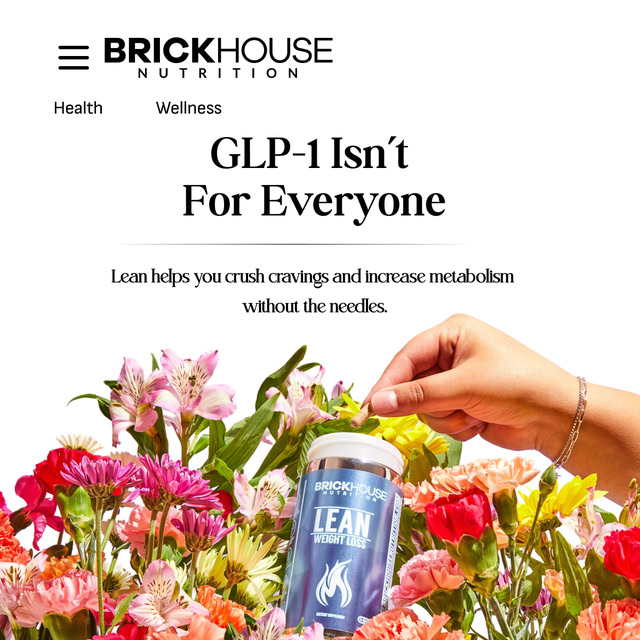
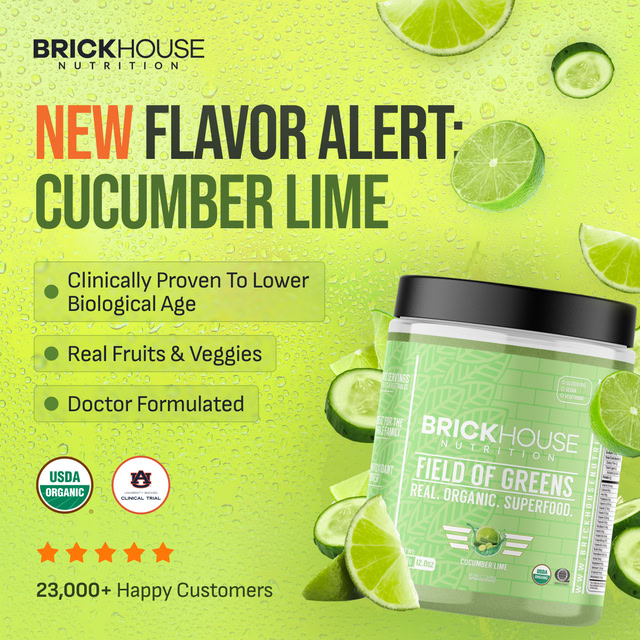
Your pillars make sure your content stays cohesive across formats and platforms. They also help your creative team move faster because everyone knows what each piece of content is meant to do.
Step 4: Create Platform-Native Content That Converts
This is where most struggling brands start, but it’s where content-first brands finish.
Your Meta ad might lean on humor or emotion. Your TikTok might tap into trends and storytelling. Your YouTube content might go deeper into education or proof.
But the message never changes.
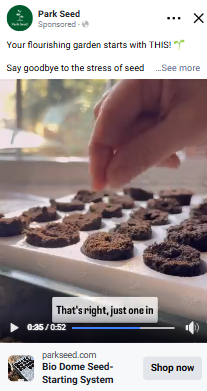
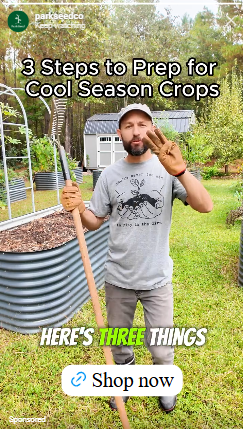
That’s how Park Seed rebuilt trust with its audience. Instead of polished product shots, we showed real gardeners, real dirt, and real results. The shift from “perfect” to “authentic” turned skepticism into engagement and community.
Step 5: Build a Continuous Feedback Loop for Growth
Content-first growth compounds when you treat every piece of creative as a learning opportunity.
Track what people do with your content, not just what your attribution tools report.



- Which content gets saved or shared?
- What comments show emotion (“I need this,” “this is so me”)?
- Which creators or customers start posting about you organically?
Feed those insights back into your next round of content. Your best-performing creative will tell you what story to tell next. It becomes a cycle that keeps your audience engaged and growing.
How to Apply This to Your Brand
Start small:
- Audit your current creative and ask, “Would this make sense if the logo were removed?”
- Gather real customer insights from reviews, emails, FAQs, and social comments.
- Turn those insights into story pillars.
- Create channel variations, not channel specific campaigns.
- Measure which stories drive the best performance and double down.
In Short:
- The best way to grow your brand online is not more ads, it is better content.
- Lead with story and audience truth, not platform mechanics.
- Build once, scale everywhere.
- Measure creative resonance, not just ROAS.
FAQ
What is content-first marketing?
Content-first marketing means building your strategy around the story, message, and audience insight before deciding on channels. It’s how brands create ads that feel natural and trustworthy.
How does content-first marketing grow your brand online?
It builds audience trust, fuels engagement across platforms, and drives efficient growth because your message is consistent, not fragmented by channel.
Is content-first better than channel-first?
Yes — because channel tactics change, but human connection doesn’t. When your creative resonates, your media spend performs.
Key Takeaways
- Focus on what to say before where to say it.
- Build story pillars rooted in audience truth.
- Adapt messages to each platform without losing meaning.
- Measure performance by resonance and results.
If you want help building your content-first strategy:
Talk to a strategist.
Related Resources



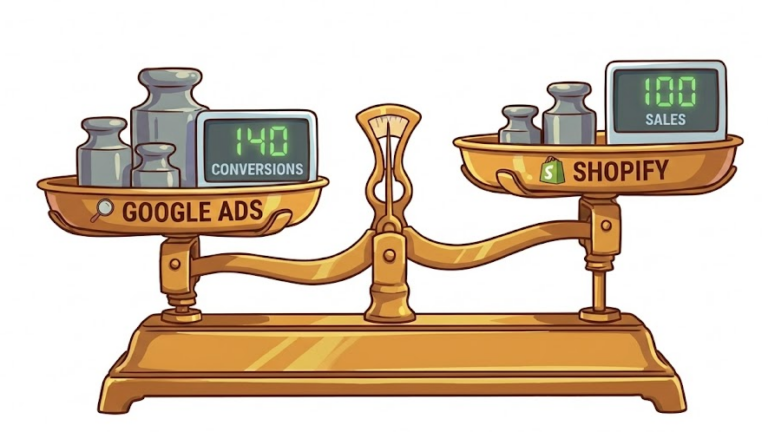
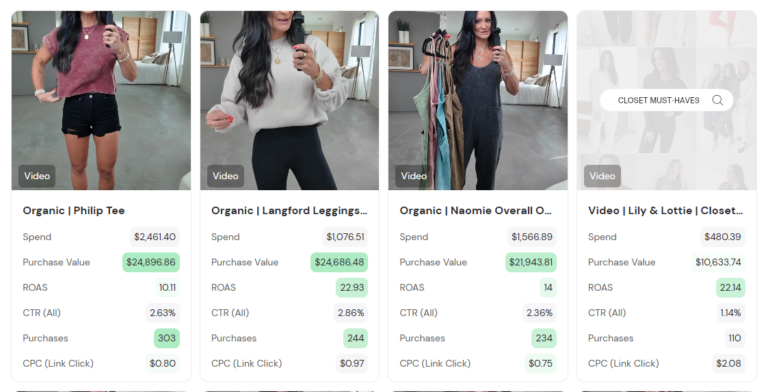

no replies